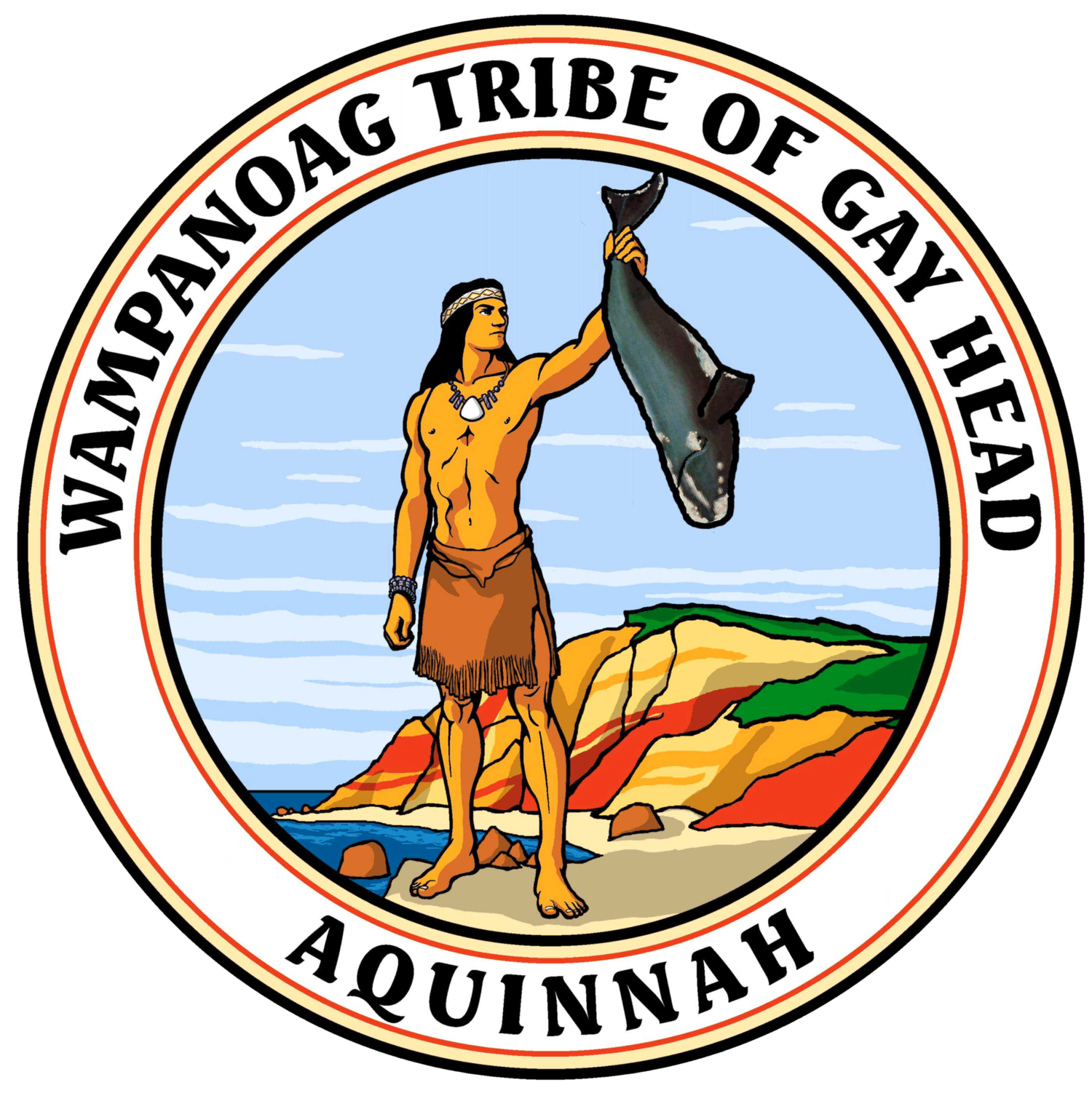Herring Creek
The Wampanoag Tribe manages a natural herring run located on Tribal lands. In the early spring, sexually mature Alewife (Alosa pseudoharengus) will travel from the Atlantic Ocean into Menemsha Pond, pass through the herring creek, and end in Squibnocket Pond where they will eventually spawn.
Spawning usually begins in mid March and will continue into June. River herring (both blueback herring and alewife) are anadromous species, meaning that they can survive in both fresh and saltwater environments. River herring are conceived in fresh/brackish water where they spend the first few months of development. In the fall, the herring fry leave their pond nurseries and head out to the ocean. It will be three years until they reach sexual maturity. When it is time to spawn, these herring will return to their original birthplace to produce the next generation.
The Tribal herring run has observed a drastic decline in numbers over the past years. In response, the Tribe has chosen to place a moratorium on the commercial taking of herring from the Tribal run. The state of Massachusetts has implemented a similar regulation prohibiting the take of river herring. The Tribe’s Natural Resources Department is currently monitoring its herring in order to create more effective management plans to restore these fish to more sustainable numbers.
Filming herring passing through the run to get baseline data on fish populations
As part of a National Fish & Wildlife Foundation grant with help from the US Fish & Wildlife Service, the Natural Resources Department has been monitoring the local migrating herring population at the herring run in Aquinnah. River herring have been in drastic decline across the eastern seaboard. The Tribe’s river herring population was once estimated at 1.5 million fish at the turn of the 20th century, with populations now at only 1.5% of their historical abundance. The Menemsha Pond Complex and its herring are both ecologically and culturally critical to the Wampanoag people, and to the Island of Martha’s Vineyard as a whole.
To count herring, the Tribe installs a temporary seasonal fish weir, designed by Massachusetts Division of Marine Fisheries, within the herring creek each spring. The weir funnels migrating herring past an underwater camera that records video all day and night. Footage captured is analyzed with specialized fish counting software to assist with managing the large amounts of data collected throughout the herring migration.
Our goal is to keep an accurate count of our river herring population annually migrating into Squibnocket Pond. With this data, populations can be identified and a baseline created needed to gauge restoration efforts. This information along with a multitude of additional studies and programs (water quality, habitat assessments, predator/prey dynamics, PIT tag fish tracking, eDNA, population surveys, food availability, ecosystem modeling) , is key to helping the Wampanoag Tribe manage this once thriving fishery.



